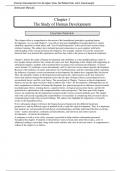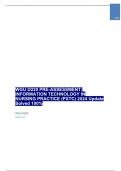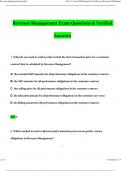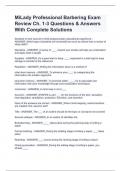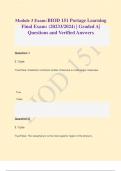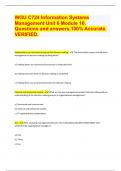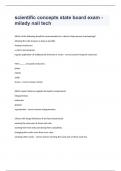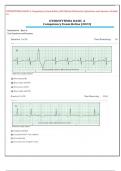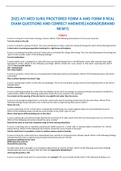Exam (elaborations)
Human Development A Life-Span View 8th Edition By Robert Kail, John Cavanaugh (Instructor Manual)
- Course
- Institution
Human Development A Life-Span View, 8e Robert Kail, John Cavanaugh (Instructor Manual) Human Development A Life-Span View, 8e Robert Kail, John Cavanaugh (Instructor Manual)
[Show more]
